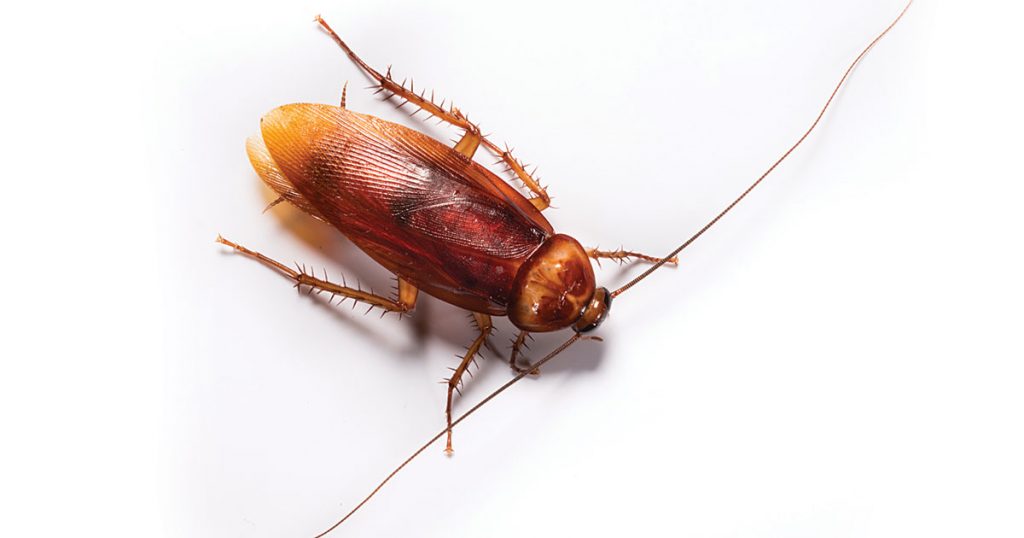Braman Termite & Pest Elimination discusses termites and other culprits
While beautiful, the bloom of the new spring season can be an unpleasant experience for those suffering from allergies and asthma. That’s why May is recognized as National Asthma and Allergy Awareness Month. But it’s not always pollen, grass and plants to blame—common household pests can also be potent allergy and asthma triggers.
For example, cockroaches are often a surprising source of allergies and are now recognized as an important asthma trigger. Their saliva, droppings and decomposing bodies comprise allergen proteins known to prompt symptoms, especially in children. They also spread nearly 33 kinds of bacteria, according to the National Pest Management Association (NPMA).
“Cockroaches are one of the most common pests that incite allergy and asthma symptoms, but there are others including rodents and dust mites that can leave people itching and reaching for tissues,” said Jerry Lazarus, owner of Braman Termite & Pest Elimination. “Allergy and asthma symptoms are only two of the many health implications posed by pests, so it’s important to take the necessary steps to eliminate food, water and other enticements for cockroaches within the home.”
The experts at Braman and the NPMA recommend several tactics to help prevent allergies and asthma flare-ups:
- Seal cracks and gaps in walls and floors using a silicone-based caulk. Pay special attention to where utility pipes enter.
- Cockroaches are attracted to moisture and can only survive for a week without water, so always wipe up standing water around sinks, tubs and toilets. Fix leaky faucets and pipes and ensure sinks are clear of water before bedtime—cockroaches are nocturnal and will typically emerge to search for water and food at night.
- Maintain the humidity level in the house at about 50 percent by properly ventilating basements and crawl spaces. Consider running a dehumidifier in these areas to prevent moisture buildup.
- Vacuum at least once a week using a vacuum with a HEPA (high-efficiency particulate) filter, and dust hard surfaces frequently using a dust rag or damp cloth.
- Clean or replace the filters in your furnace and air conditioner each month.
- Wipe surfaces daily, including counters, stovetops and sinks. Don’t leave dishes piled up in the sink and make sure to clean crumbs and spills right away.
- Store food in airtight containers and avoid leaving pet food out for long periods of time.
- Dispose of garbage regularly in a sealed trash bin.
- Encase pillows and mattresses in allergen-proof covers to control dust mites. Avoid down pillows or comforters. Wash blankets, throw rugs and bedding in hot water or take them to be dry-cleaned.
While sanitation is key to cockroach control, Lazarus said that successful elimination requires the use of multiple methods and materials without being overly reliant on any one product or method of application.
“Among the materials we at Braman employ to eliminate cockroaches are baits, insect growth regulators, aerosols, residual sprays and dusts,” said Lazarus. “Finding and correcting the source of the problem is the best elimination method. When we treat, you can be assured of great results because we have the education, training and diligence required to get to the root of the problem.”

